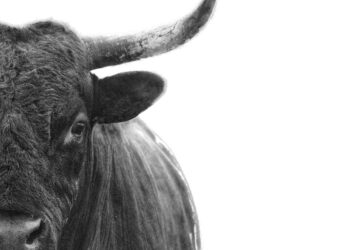Secret sex abuse settlements keep public in the dark about big payouts at schools
The Visalia Unified School District’s public board meeting in March was a festive and upbeat affair with a performance by...
You can’t outrun burnout
Courtesy of Natalie Holloway; Rebecca Zisser/BIThis post originally appeared in the Business Insider Today newsletter.You can sign up for Business...
‘That was crazy’: New York Times report divides MAGA — and leads to CNN fact check
A recent New York Times article about dark money in American politics led one outgoing mayor to lob allegations against...
Seymour Hersh Reflects on a Career of Exposing Government Secrets in Cover-Up
The Pulitzer prize-winning investigative journalist Seymour Hersh is usually the one asking the questions. Now, the tables are turned, and...
The bulls are too bullish: Bank of America warns 200-plus fund managers just triggered a contrarian ‘sell’ signal
Bank of America’s “Bull & Bear Indicator” rose from 7.9 to 8.5 in the last few days, triggering its contrarian...
A viral love story: She answered his DM, then flew to Ireland to meet him
Theresa Rowley and Sean Rooney both wondered whether the idea was too crazy. “We were aware that it was a...
Palisades dad wanted his teens to maintain hope after losing their house. Now they’re heading home
The same day Craig Forrest watched flames destroy his Pacific Palisades house in January, he was on the phone with...
Global Experts Say Most Palestinians in Gaza Face Major Difficulties Accessing Food
A panel of global experts said on Friday that hundreds of thousands of people in Gaza faced major difficulties accessing...
New Images From Cancelled Batman Game Inspired by Christopher Nolan’s Dark Knight Leak
New images and information about a cancelled Batman Dark Knight game have been leaked online. Storyboards from the 2006 project...
Nobel Prize winner says GOP health plan has ‘one devastating detail’ hidden within
The Republican Party’s health care bill has a “devastating detail” hidden inside of it, according to a Nobel Prize winner....














